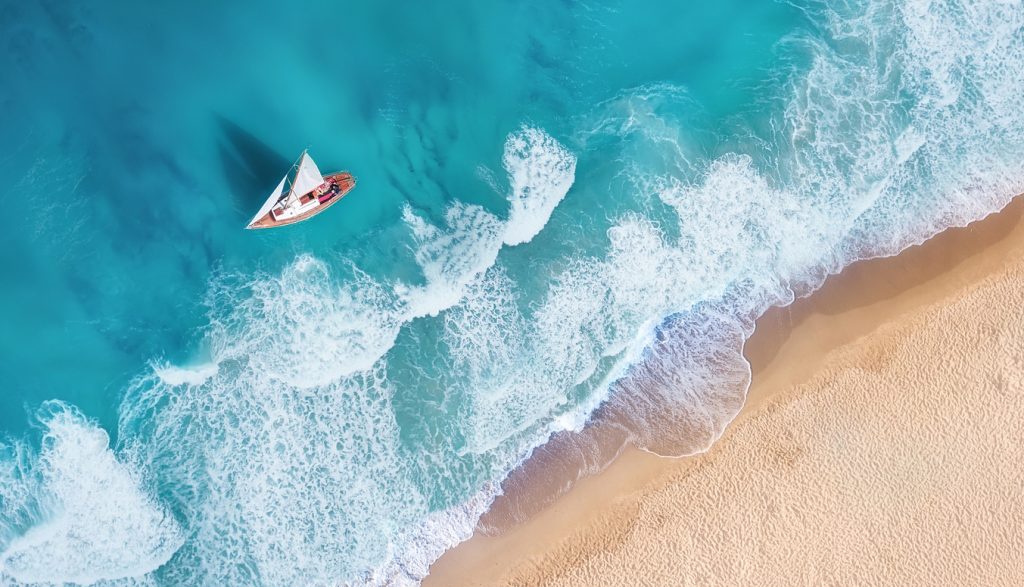Boating etiquette and safety deals with more than just everyone on board wearing a life jacket and following the local regulations for water travel. People spend a lot of money each year on OC boat insurance. While carrying comprehensive insurance protects against financial liability for accidents, smart driving and preventative measures do more to prevent accidents. When returning to port, a safe arrival can depend heavily on your inlet etiquette.
Prepare for All Conditions
For boaters, an inlet represents a nautical highway. Just like automobile driving, these passageways can be chaotic in the best of conditions. Navigation becomes more complex with the tidal flows, changes in depth, adverse weather conditions, and increased boat traffic. No two inlet passages ever share the exact conditions or situations, which is why proper etiquette starts with situational awareness.
The rules of boating on a lake aren’t always enough to ensure your safety on a boat, as other boaters may not be abiding by the rules you so carefully follow. Your situational awareness should begin long before you approach the inlet. For some, this means making an offshore approach rather than a tight shoreline drag and sharp turn into the entrance. Start looking ahead well before you approach to best judge the conditions at the inlet.
Know Where the Water Is
Charting the surrounding depths of your boat towards your inlet and during the approach will ensure that there is enough water under your boat to keep it afloat. However, changes in water depths can also lead to different inlet conditions if the weather has taken a turn. Charts often indicate where the breakers are, which is why a sea buoy guide is important. Don’t cut corners close to these buoys; you might get into a shoaling situation. Use the sea buoys to set a clear pathway to the entrance.
Keep Your Speed in Check
There are times when the conditions on the water will thwart your well-rehearsed inlet approach. In these situations, understand the limitation of your boat and act accordingly. Come in slowly, adjusting your boat position and speed to the direction of the waves. Don’t try to outrun the sea to make it home. Letting the seas pass under the keel will let you maintain control of the boat.
Watch for Other Boats
Don’t just be on the lookout for the large pleasure craft or fishing vessel. Jet Skiers, kayakers, and even canoers can pop up anywhere. As a general rule of thumb, if you see one recreational craft on the water, you know there are bound to be others. Minimize your wake as a courtesy, but also be sure to leave these individuals plenty of room. Do the same for other boats in the inlet.
Maintain Insurance Coverage
Closely following inlet etiquette improves your chances of safely making it back to the dock. However, comprehensive boat insurance can step in if an accident occurs.
About Mariners Insurance
Mariners General Insurance Group was founded in 1959 to protect boat owners and marine business clients. We are marine insurance experts and insure boats worldwide – in every ocean on the planet. Marine insurance is critical if you own a boat or nautical business. Trust the professionals with all of your Boat Insurance needs – trust Mariners Insurance. Call us at (888) 402-5018 any time you have questions or concerns about insurance for your vessel or marine business.



